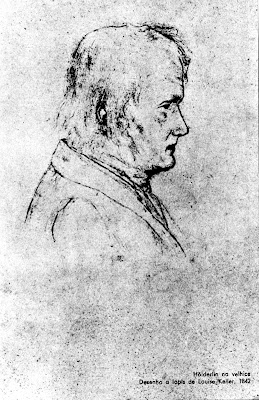Narciso e Orfeu

Salvador Dali (1904-1989), Metamorfoses de Narciso (1937).Óleo sobre tela
20 x 30, Tate Gallery, Londres
The Orphic-Narcissistic images are those of the Great Refusal: refusal to accept separation from the libidinous object (or subject). The refusal aims at liberation
at the reunion of what has become separated. Orpheus is the archetype of the poet as liberator and creator; he establishes a higher order in the world--an order without repression. In his person, art, freedom, and culture are eternally combined. He is the poet of redemption, (…) the god who brings peace and salvation by pacifying man and nature, not through force but through song (...)
The Orphic Eros transforms being: he masters cruelty and death through liberation. his language is song, and his work is play. Narcissus' life is that of beauty, and his existence is contemplation. These images refer to the aesthetic dimension as the one in which their reality principle must be sought and validated.
Herbert Marcuse, Eros and Civilization: A Philosophical Inquiry into Freud, (New York, Vintage, 1955), pp. 154, 155, 156.


Comentários